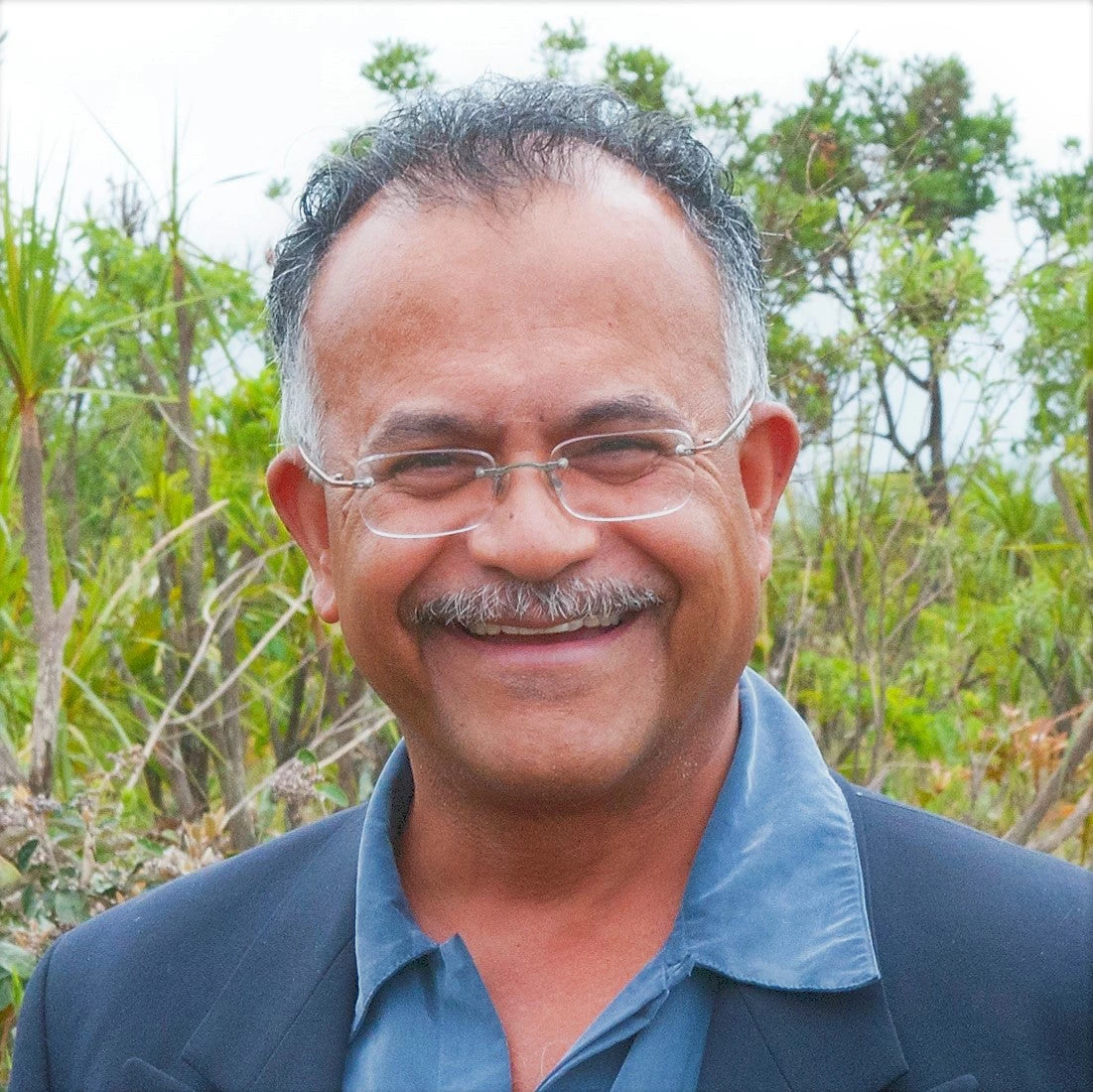When you hear about satellite information in agriculture, you often imagine a farmer driving his tractor in a large field, with the help of a GPS and a fancy display showing the latest satellite derived information.
But can satellite-based earth observation technology also benefit smallholder farmers, who typically farm on land that is smaller than 2 hectares? How does it fit in with the daily reality of a smallholder farmer, who often has little information at hand, and limited access to tractors and inputs such as water, fertilizer, seeds, and pesticides?
Potential of satellite information
In precision agriculture, satellite information is used to observe, measure and respond to inter and intra-field variability in crops on commercial farms. For smallholder farmers it cannot provide this level of detail. Generally, the focus is more on remote monitoring of the farms since very little on-the-ground information is available, such as field boundaries and farming practices. So what value can satellite information offer to smallholder farmers?

Satellite data offers a continuous and unbiased digital dataset on crop production in relation to land and water resources. You no longer have to rely on country statistics, each with its own collection methodology. You can compare countries using the same approach, and globally available datasets make it easier to upscale the approach to other regions and countries. Satellite information benefits farmer groups, development organizations, local authorities, governments, multilateral development banks, or commercial input providers or traders that need this information to better support smallholder farmers.
Furthermore, since it is available on a wide range of spatial and temporal scales, satellite information fits each phase of a development project cycle and can be invaluable when it comes to projects that benefit smallholders. You can obtain an overall view at regional or national levels when you need to target investments and define the strategy, and you can zoom into more detail once the project focus is identified. Up-to-date information provides an eye-on-the-ground during project implementation as well as for supervision, monitoring and evaluation, while historical data allows for putting the present in context and assessing the impact of project interventions. For example, in the Gezira irrigation scheme in Sudan, farmers received irrigation advice by SMS. The irrigation planning tool used satellite information on crop water status and weather forecasts. Often, the advice was to irrigate with less water but more frequently, which resulted not only in less water stress and a lower water consumption, but also in higher yields. In some cases the yield increased by as much as 200-250%.

Development workers who support smallholders can capitalize on the benefits of satellite earth observation by doing the following:
- During project identification, develop a standard, harmonized methodology to assess the environmental context of a project area using satellite based information, organized at the strategic management level.
- During project implementation, follow a customized and country-specific approach led by the government, with multilateral development banks playing the role of broker and ensuring funds are reserved for state-of-the-art methodologies throughout the project.
- In the project evaluation phase, geospatial registration of project activities (reference data on what took place where and when during implementation) is crucial. Develop standardized indicators derived from satellite data.
Satellite earth observation solutions can improve agricultural development projects but certain challenges need to be overcome to make this happen. First, data needs to be standardized and easily accessible in order to upscale tools and technologies, and allow for comparison between projects. Often data—especially in-situ data, which is critical to linking geospatial information to project activities-- is scattered, not well documented, difficult to access, and not uniform. Secondly, despite the reality of a dynamic environment where agricultural performance depends on many factors including weather and market prices, there must be focus on simple answers: Large amounts of data, often referred to as ‘Big Data’ needs to be transformed into “small data” in a transparent and trustworthy manner, and in a format to be understood by all stakeholders. Thirdly, development practitioners should make clients aware of the usefulness of satellite earth observation data, and also to mobilize financial resources to ensure relevant data and information is available at the right moment to facilitate decision-making by all stakeholders.
Indeed, a continued dialogue and partnership between the development community and earth observation experts is needed to further create tailor-made solutions to the questions the development community is asking.
To advance the discussion on complementary roles between earth observation specialists and the development community, the World Bank is partnering with the European Space Agency (ESA) under its Earth Observation for Sustainable Development (EO4SD) Initiative to work on Agriculture and Rural Development. Building on experience and lessons learnt in EO4SD, ESA and its member states together with the World Bank are currently preparing a dedicated joint new program (Space for International Development Assistance, Space4IDA) to increase awareness, acceptance and adoption of the use of satellite environmental information in development. Ultimately, the program aims to deliver risk-reduction developments, capacity building, and skills and knowledge transfer to developing countries, and their farmers and decision makers to facilitate sustainability and foster growth of local digital economies.
Hungry for more? Make sure to read part 2 of this blog post: The sky is not the limit: Satellites in support of smallholder farming.
We hope to crowd-in some of the world’s best minds to participate in a global conversation on food and technology through the “What’s cooking? Rethinking farm and food policy in the digital age” blog series. We invite people with diverse backgrounds and perspectives to join us and share their comments.





Join the Conversation